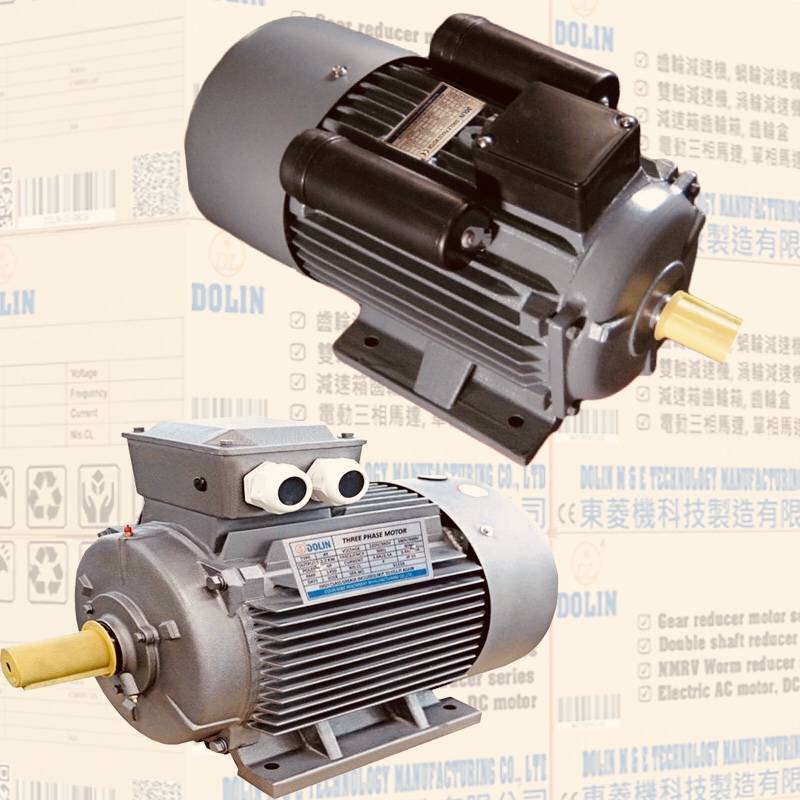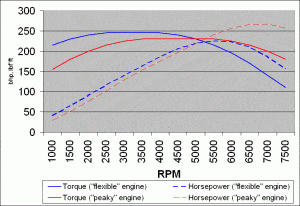Which motors are the best for high speeds
- Thursday - 02/04/2020 14:42
- Close page
When undertaking a small electromechanical project, one of the most paramount aspects is the selection of the type of motor. With this in mind, we will have to carefully define the requirements of our application in regard to speed or rpm, starting torque, power, torque, etc.

In this article we will address the use of step motors and servos in projects that require high speeds. Do you know which one is more appropriate for this requirement? Keep reading.
Step motors
Step motors are themselves brushless motors commonly have a pole count of 50 to 100. Poles correspond to a section of the motor where a magnetic pole (north or south) is generated by a permanent magnet, or via the generation of current by a winding coil.

Step motors do not require encoders, since they move with precision between its many poles. Therefore, this type of motor operates incrementally using pulses. These electric pulses translate into discrete angular motions
You might be interested in: Step motor: When to use it, and why
Its main characteristic is that the inductor is powered by an external power source, and therefore, by adjusting the exciting current using a controller it is possible to adjust its speed. The maximum speed it can reach will depend on the voltage output by the controller to the motor. If the voltage is higher, the step motor will deliver a higher torque at the same (high) speed, and it will be able to accelerate even more than a motor that uses a low-voltage controller.
Is it possible to use step motors for high-speed applications?
In addition to the fact that its speed is easy to control, as a rule of thumb, step motors are ideal for speeds up to 2,000 RPM. Likewise, besides offering versatility and optimal maximum speeds, they are more inexpensive than servos, since they operate on a constant open loop current.
Savings result from the fact that they do not require an encoder for most positioning applications. However, it is worth noting that this type of component generates significant heat, both in the motor and the actuator, which has to be considered for certain applications.

You might be interested in: Which type of step motor is better for high-torque applications?
Servo motors
A servo motor is the evolution of a step motor. In other words, it is a step motor, but with integrated control electronics, so that it is possible to control its position and motion by degrees. This fact allows it to attain a higher precision.
In regard to its composition, servos have few poles. When compared with step motors, we will notice that the rotation of a step motor demands many more current exchanges through the winding coils than a servo does. This fact means that servos have a higher performance.
On the other hand, these motors need an encoder to track their position, which increases the project’s cost. In addition, they deliver lower torque at low speeds, since motors with more poles (as in the case of step motors) have the advantage of delivering a higher torque at low RPMs.
Use of servo motors at high speeds
Servo motors only provide the motor current required to move or hold the load in place; in other words, they read the difference between the motor encoder and the position. This advantage prevents overheating and improves the performance of the application at any speed.
These motors are excellent for applications that require more than 2,000 RPM, with the significant competitive advantage of maintaining a constant torque at any RPM (0-3,000 rpm).

Conclusion
For speeds lower than 2,000 revolutions per minute, a step motor implies greater savings and an excellent response in regard to precision: it does not miss pulses, it is easier to start, it is stable when at rest and maintains its position very well, especially with dynamic loads.
In applications that require high speeds and a greater torque level and control, a servo would be the best choice. Not only do they offer precision at high speeds, but they are also ideal for applications that require a high torque at high speeds, and require a high dynamic response.
As pointed out in the beginning of this article, before choosing one or the other motor, first we will need to know the requirements of our application well. Inertia, torque and speed need to be calculated, in addition to factors of safety required for torque calculation.